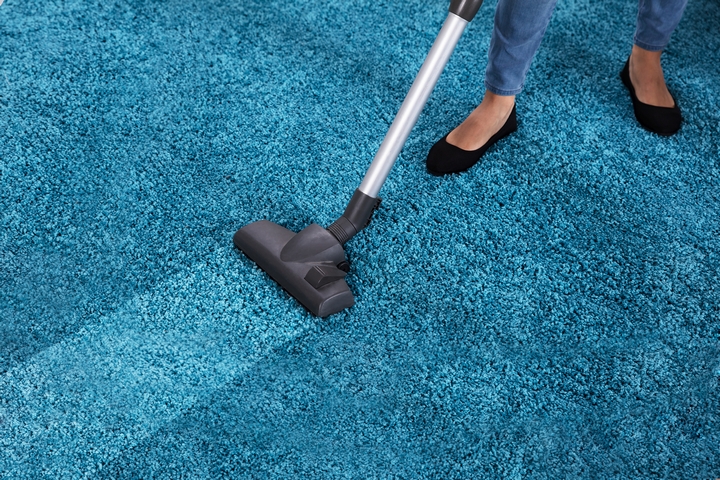
Cleaning your floors might seem like a pretty straightforward task, but there are a whole lot of options available these days when it comes to figuring out the best way to do it. To even be able to decipher the vast range of vacuum cleaner descriptions you’re likely to encounter, you practically have to learn a whole new lingo.
Not to mention the fact that price can vary significantly and you want to know you’re getting a product that accurately matches the accompanying price tag. Here are some tips to help you avoid making a rookie mistake when it comes to finding a vacuum that will making cleaning your floors more pleasure than work.
1. Questions to ask yourself
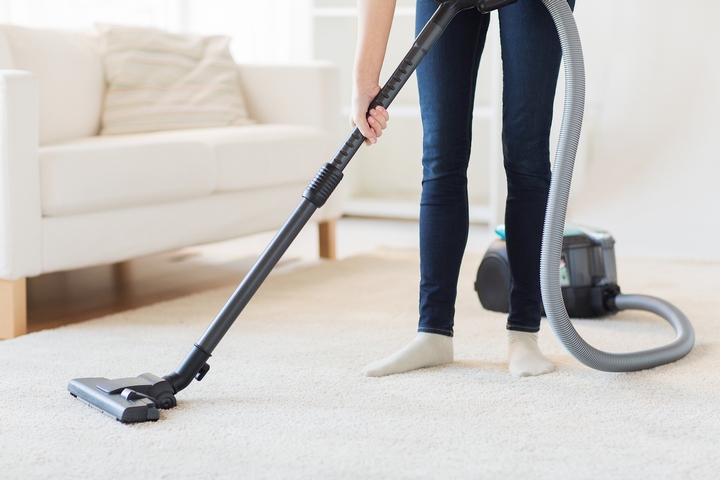
Before you head out to look for your next Miele vacuum cleaner, you should answer some questions about your needs and your home. These answers will act as the guiding principles that can help you get started with your search. The first and most obvious question you need to answer is what kind of floors you’ll be using the vacuum on. Do you have wood, tile, carpet, or all three?
Pets are also a big factor. Extra hair and allergy concerns present their own set of challenges. The third most general inquiry you’re likely to encounter is whether your space is mostly open concept, or if you’ll need to navigate a lot of nooks and crannies. Once you’ve figured out these needs, you’ll be much closer to finding the vacuum that is right for you.
2. Determining the type of filter
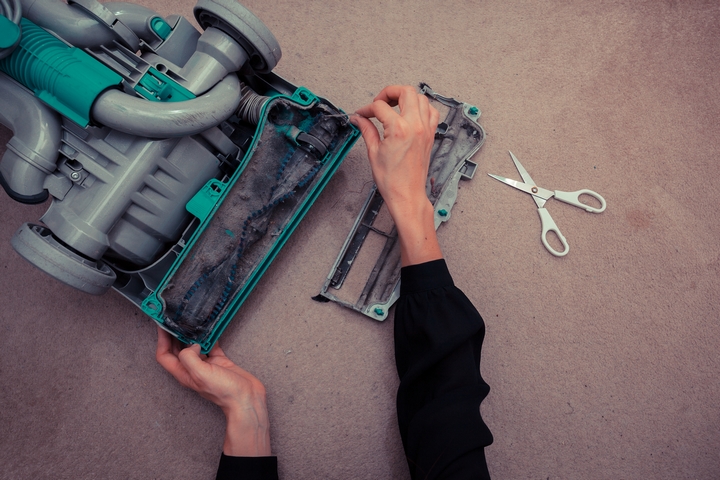
Arguably the most important part of your vacuum cleaner, the filter is what will prevent the dust and particles your vacuum sucks up from being expelled back into the surrounding room. You have three basic choices when it comes to filters, disposable, washable, and HEPA. Some feel that disposal filters are more convenient, but it is also important to take into consideration the extra cost that will accumulate from having to replace them overtime.
Washable filters, on the other hand, can be used repeatedly and are generally fairly straightforward to wash. HEPA filters are the most specific filter, and are designed to trap tiny particles that generally escape the capabilities of conventional vacuum cleaners. These are especially useful for people who suffer from allergies
and need to eliminate as much dust from their space as possible.
3. Bag or no bag?
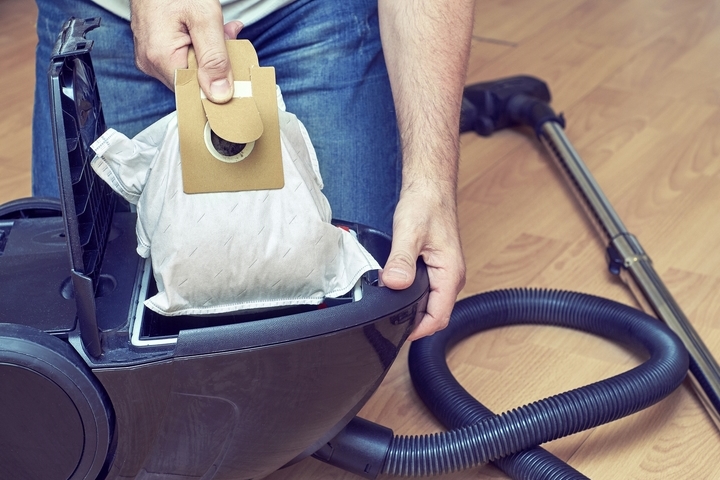
You also need to decide whether you want a vacuum that has a bag or a container. With a bagged vacuum, you toss the bag out when it’s full and put in a new one. Alternatively, a dust container can be emptied and cleaned when it becomes full. Like your choice when it comes to filter, the disposal vacuum bag can be less hassle and make less mess, but will definitely end up costing you more overtime. It is also less environmentally friendly to be disposing of vacuum bags all the time, and that is why bagless vacuums have become more popular over time.
4. The great cord dilemma
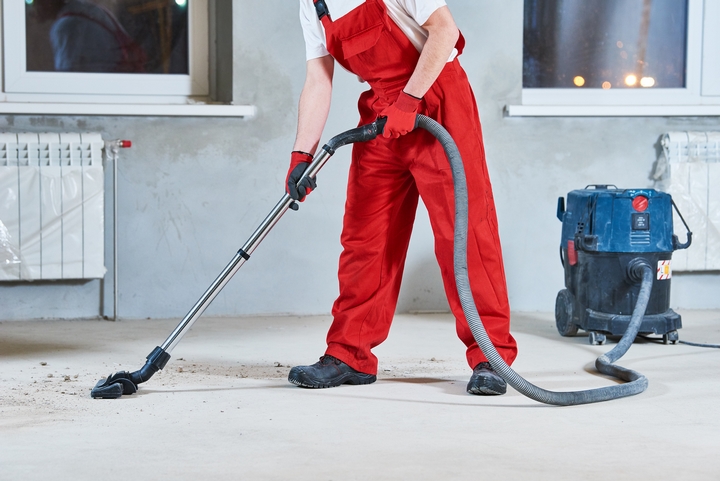
One of the other big decisions you’ll have to make is whether or not you want a vacuum with a cord. Although we seem to tend toward cordless when it comes to all the other gizmos and gadgets we use to make our lives easier, the situation with vacuum cleaners remains a bit trickier.
Even at the top of the line, cordless vacuums just don’t have the capacity to run for a very long time. Although they might make an appropriate choice for someone who has a small space to clean and won’t need the vacuum to run for very long, for anyone planning to vacuum for more than 15-20minutes at a time, a corded vacuum is likely the best choice.
